Vision Pro is an incredible headset in many ways, but its most obvious weak point (after the pricetag) is comfort. Apple’s obsession with aesthetics made a headset that’s striking for those looking at it, but less comfortable than it could be for those actually using it. Luckily, fixing this flaw is quite simple.
Many critiques of Vision Pro’s comfort attribute the issue to the headset’s weight. It’s metal after all! So that must be the issue, right?
Well, Vision Pro actually isn’t much heavier than contemporary headsets. Quest 3’s display housing (the headset without the headstrap or facepad) weighs 394g. Vision Pro’s display housing weighs just 81g more at 475g.
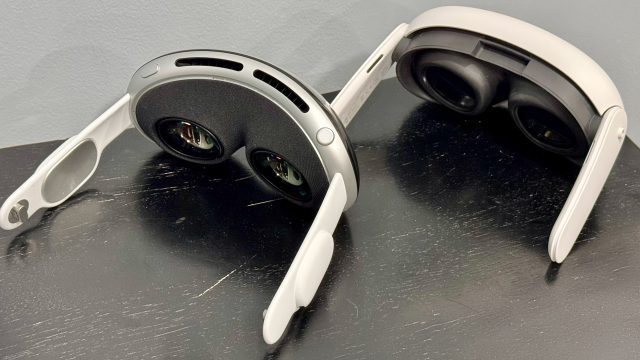
Weight is a key component of headset comfort, but way a headstrap distributes the weight is also a massively important factor.
And to be fair, even Quest 3’s default soft strap isn’t particularly comfortable. Clearly recognizing this, Meta offers an after-market ‘Elite Strap’, which adds 183g, bringing Quest up to 642g (including the facepad). That’s actually heavier than Vision Pro, with its default strap and facepad, at 625g.
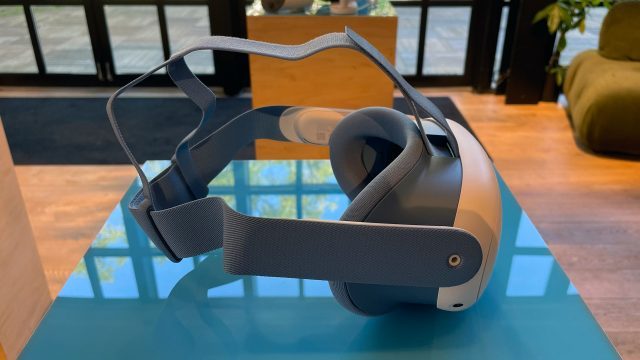
In the case of Meta’s Elite Strap, adding weight actually makes the headset more comfortable.
Like Quest 3’s default strap, Vision Pro’s default ‘Solo Knit Band’ headstrap also isn’t that comfortable.
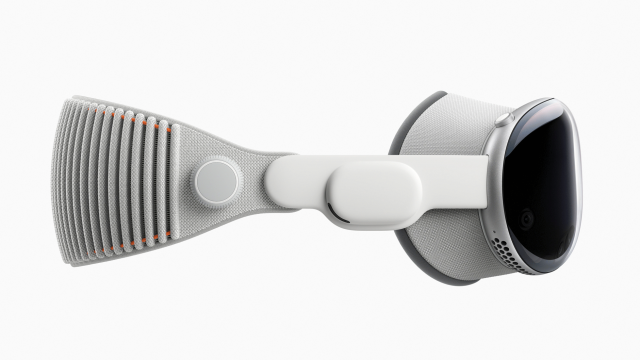
Clearly recognizing this, Apple also opted to include a ‘Dual Loop Band’ headstrap with every Vision Pro. It’s a better (thanks to a top strap for improved weight distribution) but it’s still not great.
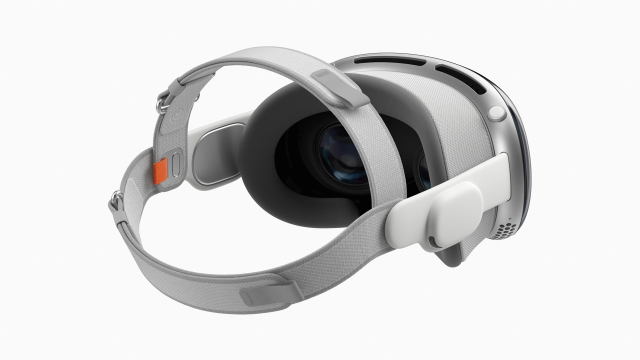
It’s a real shame because on the one hand, the default Knit Band is actually really awesome. It’s soft, cups the back of your head nicely, and is incredibly easy to adjust with a built-in dial on the side. But if you use it, you forgo the benefit of the top strap that comes with the Dual Loop Band. So you can have one or the other, but not both.
It’s obvious that Apple should have just combined the two. Luckily for us, third-party strap options fix this issue for significantly less than an official Elite Strap from Apple—even if they did offer one.
After trying multiple third-party straps for Vision Pro, I’ve finally found one that does exactly I want: it combines with the excellent Knit Band, allows me to use the headset without the facepad (thereby reducing weight), and it gets my eyes closer to the lenses for a wider field-of-view.

This is the ANNAPRO A2 strap for Vision Pro, and it’s pretty much what Apple should have offered right out of the gate. The $45 pricetag feels very reasonable considering how much better it makes Apple’s $3,500 headset.
I’ve been testing it for a few weeks now and it has made using Vision Pro for long sessions significantly more comfortable. In fact, it’s a huge factor in making the new ultrawide virtual monitor for Vision Pro actually useful. The improved comfort makes Vision Pro much more attractive for day-to-day work.
When the company sent us the headstrap to check out, they also extended a 10% discount code to our readers: be sure to use the code ROADTOVR at checkout on Amazon if you plan to buy one.
The Annapro A2 strap slides easily onto Vision Pro’s struts, and works seamlessly with the Knit Band (it can also work with the Dual Loop if you want even more top-strap support). It includes four different pad sizes (5mm, 12mm, 18mm, and 25mm) in the box, allowing it to fit to different head shapes.
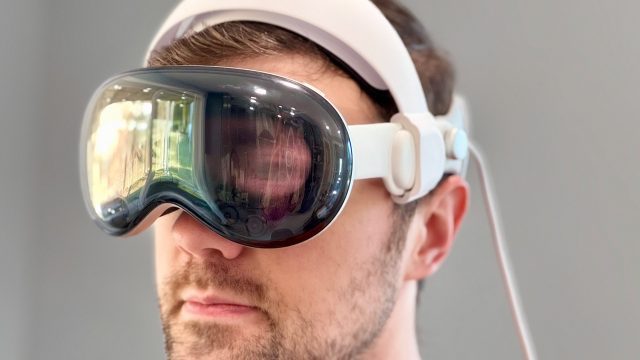
I found the 5mm pad works best for me, allowing me to wear the headset without the facepad, and bring the lenses as close to my eyes as I comfortably can, resulting in an expanded field-of-view and a more natural AR experience thanks to the open periphery.
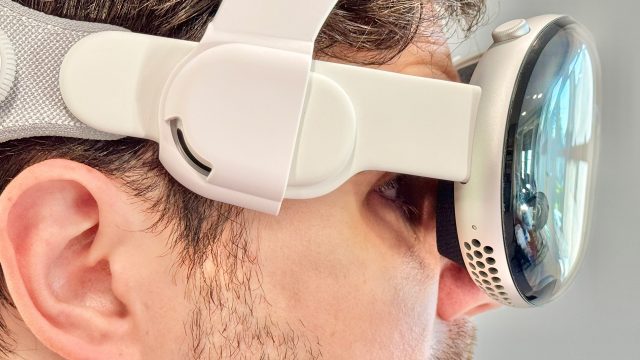
Apple clearly prioritized form-over-function when it came to Vision Pro. They wanted to deliver something that looked no more clunky than a large pair of ski goggles. But that goal led them to compromises on comfort that have become one of the main critiques of the headset.
It’s nice that this can now be fixed thanks to affordable third-party accessories. This particular approach works so well that I wouldn’t be surprised if the next iteration of Vision Pro comes adopts something similar right out of the gate.







